Direct Coaching
Not all employees learn the same, and group sessions may intimidate some. So, managers need to be prepared with other methods that will encourage workers to put their best foot forward. There are two types of coaching that encourage training reinforcement and continuous learning without using an employee’s peers.
30-Second Coaching
30 Second coaching is designed to be short positive reinforcement, direct, high energy approach to building and sustaining change with repeatable, short bursts. No new concepts are taught, this is strictly used as positive reinforcement to encourage progress. Keys to successfully accomplishing this approach are to be specific to the issue that prompted the coaching feedback, do NOT mix messages, and use a positive adjective like “fantastic” or “great”. For example if an employee just had a great customer call, stop by his desk and say: “Bob, you did a great job of really listening to that customer’s issues. Keep it up”. Once you have delivered the coaching feedback just walk away. Don’t confuse the message by standing around and
chatting about other topics.
Remember 30 seconds is positive reinforcement of effort or progress that encourages continued effort and progress.
One-on-One Coaching Sessions It is important that managers sit down with their employees, either 1-2 times weekly for 15 minutes or weekly for 30 minutes, to focus on 1-2 areas of improvement. Both the manager and the employee should set goals to achieve at certain intervals. When the meetings occur, these goals should be looked at, and if the specific performance challenge is not met then that leaves an open-opportunity for both to talk about what needs to be improved and how to accomplish the goal. One-on-one coaching sessions are meant to bring about an open discussion about strategies and techniques that can be implemented to improve performance. This type of training reinforcement helps to show the employee that their manager and team leader is interested and invested in the performance.
It is important that managers sit down with their employees, either 1-2 times weekly for 15 minutes or weekly for 30 minutes, to focus on 1-2 areas of improvement. Both the manager and the employee should set goals to achieve at certain intervals. When the meetings occur, these goals should be looked at, and if the specific performance challenge is not met then that leaves an open-opportunity for both to talk about what needs to be improved and how to accomplish the goal. One-on-one coaching sessions are meant to bring about an open discussion about strategies and techniques that can be implemented to improve performance. This type of training reinforcement helps to show the employee that their manager and team leader is interested and invested in the performance.
Managers that can effectively use their time with employees will begin to see their confidence as well as their performance grow.
Check out our whitepaper on how training reinforcement and coaching can help improve performance:






